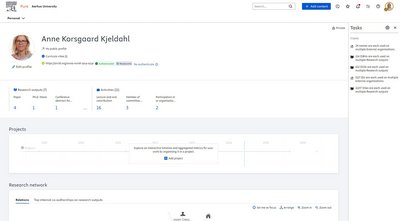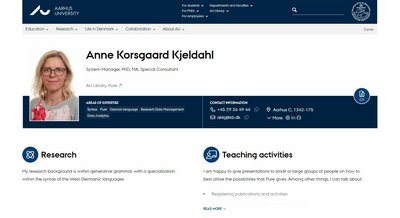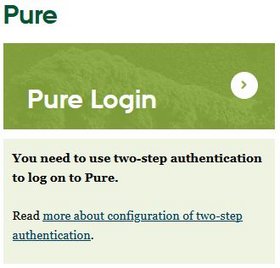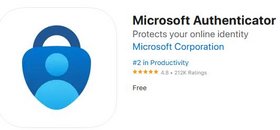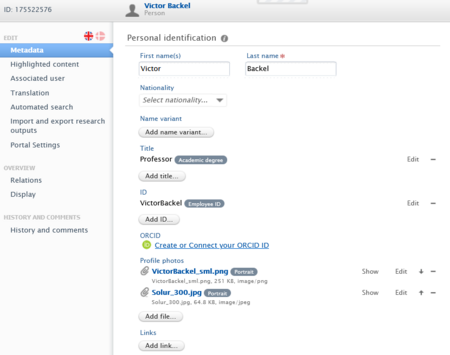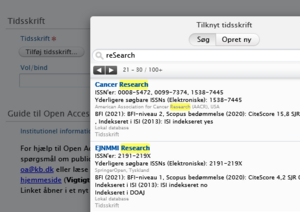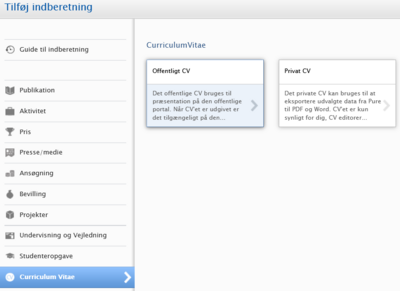Getting started with PURE

This guide helps you to get started and serves the purpose of providing an overview of what you need to and can do in Pure. It is not necessary to utilise everything that Pure has to offer in order to present your work as researcher at AU in an orderly fashion. We present here the most commonly used functions and refer to the most important guidelines.
Spend 9 minutes and read through this guide from one end to the other. It gives you a fast flyover that could save you a lot of time and frustration later on.
Bookmark this page so that you can return to this guide.
Where to get help
There are primarily three places for you to get help
- AU Pure support pure@au.dk
- Log in problems
- Import of publicationer
- Questions regarding functionality in Pure
- AU IT create a support case https://support.au.dk/CherwellPortal
- Problems with AU ID
- Problems with two-step authentication
- Medarbejderstamkort super user
- Correction of personal information (telephone numbers, organisational affiliation etc.) - have to be corrected by a superuser of the HR employee system
- Min Profil
- Creation of your department email - you do this yourself
What is Pure
Pure is an IT system in which you as a researcher register and maintain your content.
Pure has a backend. You reach the backend when you log into Pure. This is where you register your content.
In addition, there are two frontends, through which your content in Pure is displayed. These are your Personal AU homepage and your Pure Portal homepage.
The two frontends pull information from everything you have registered in Pure. When you edit your information in Pure, it will appear on both websites - fastest on the portal. Your personal AU homepage gives you an unique visual design that is only available at AU. Your Pure Portal homepage shares its design with Pure users in many places around the world and has extra features such as the Collaboration Map and Fingerprints.
You can read more about what and how you can edit your websites in our guide.
User setup
The following are key to becoming a user in Pure:
- an active employment relationship at AU
- when no longer employeed, no user account in Pure
- a department-specific email address e.g. your.name@ps.au.dk or your.name@anin.au.dk
- you create this email address yourself in AU's “My Profile” system and
- an MSK super user has set your personal record in the employee registration system to "Show in Pure".
If these things are in order, you will automatically be set up with a user account in Pure. You will automatically be granted rights as a personal user.
Log in
We recommend using the Authenticator app (can be downloaded from AppStore / GooglePlay) as it is easy to work with and can be set up to work with both a work and a private mobile phone simultaneously.
Read more about two-factor authentication on AU IT's page.
Personal information in Pure
Your name, job title, telephone numbers, address, email address are synchronized from the employee registration system.
Your organisational affiliation and employment history with AU also comes from the employee registration system.This means that you do not need to register this information in Pure as they enter automatically. If you change your personal information in Pure, your changes will be overwritten with the next synchronisation, which happens every night. Changes to your personal information must therefore be made in the employee registration system by a super user.
The only exception is your email address, which you create yourself in "My Profile" in AU's system.
There are, however, personal information that you may add and maintain in Pure backend:
- Name variants
- Academic degree - eg. Ph.d.
- Education
- Eksternal employment
- Additional information for profile
- Areas of Expertise
What needs to be registered and when
Mandatory
Research output (also called Publications) is the only content type that is mandatory for everyone to register. A publication is typically an article published in a journal or similar channel. Read more about registering research output.
Deadline: Middle of January every year.
Sideline employment is mandatory to register for all academic staff, managers at senior management team level, faculty management team level and department head (Arts: school head) level, in addition to managers at deputy director and administrative centre manager level. Read more about sideline employment.
Deadline: 1st of March every year.
Optional
(Could be mandatory in your organisation)
How content enters Pure
Publications can be created in Pure in several ways:
Manually
You enter the information manually using a template.
Import
Information about the publication is imported from a file in a format Pure can read e.g.
- An extract file from another Pure system (PXA). Send the file to pure@au.dk and let AU Pure import the file.
- An extract file from a repository (BibTex, RIS)
- From an online import source, e.g. Scopus (integration with Pure)
It is necessary to check the data after import, as the method is not flawless. It is especially the match of organisations and authors that must be checked.
AU Pure only validates publication information and we also import a large amount of research output. This makes it really important, that you don't add new content, before you have searched in Pure, if it's already there.
It is always the author's own responsibility, that all research output is registered corretcly and on time.
Search before you create
Before you start registering, you need to check if the publication is already in Pure.Før du påbegynder registrering, skal du altid søge om publikationen allerede findes i Pure.
Journals, persons and events are probably already created in Pure by somebody else. Search for and relate existing records before create a new one.
Registering research projects
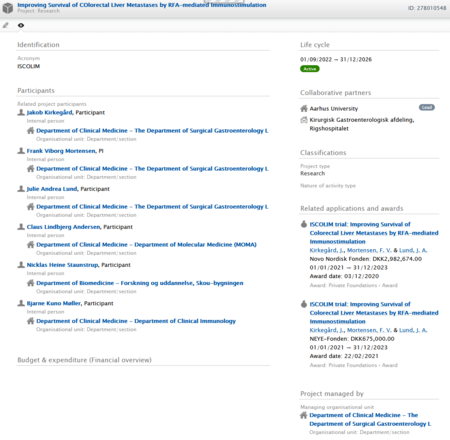
Project is a content type in Pure.
When a research project is registered in Pure it can be related to applications and awards and the different research output that arise from the project. Persons who participate in the project and also be related to the project by the project owner in Pure. This way, the research project can be presented as a whole.
Read more about registering projects, applications and awards
Curriculum Vitae (CV)
There are several ways in which you can make a CV part of your homepages.
- You can use the CV function in Pure and build a CV containing text and content you have registered in Pure.
- You can upload a CV as a PDF file with the help of a service AU makes available.
- You can add a link to a website or a file that is outside Pure as extra profile information.
Read more about building a CV.
Deleting content in Pure
When updating content
You can delete content yourself in Pure unless it has been validated. You delete a record in Pure by clicking the red X at the right-hand bottom corner of the record.
Publications that have a status of ' validated ' can only be deleted by a Pure administrator. Send an email to pure@au.dk if you want to delete a validated publication.
When AU employment ceases
Your content in Pure will not be erased when your employment at AU ceases*. The only thing that happens is that you lose your access to Pure, and your personal AU homepage is not displayed. Your content remains in Pure backend.
This means that if you are re-employed later on, you will not have to restore all your content. Content can be deleted upon request when you leave AU with the aforementioned problem regarding reappointment.
*= This is only true for research output (publications) with an internal affiliation to Aarhus University/AUH. Research output without an internal affiliation will be deleted after 5 years. Read more about our deletion policy for research output and other content types under Deletion of Pure data.
Systems integrating with Pure
AU Systems
Employee registration system (Medarbejderstamkortet - MSK)
- Pure receives data (personal information) from MSK
- Personal information must be corrected in MSK. MSK overwrites changes if this information is changed in Pure.
- Employees only have a user in Pure if they have an active employment relationship in MSK.
The Organisational Unit Register
- New units will be synchronized into Pure when they have been created in Unit Register. Discontinued units remain in Pure but will be marked as terminated. Terminated units can still be related to content.
WiseFlow
- Student projects are sent to Pure for storage and display.
The library system
- Student projects in Pure are exhibited through the library system
External systems
ORCID
- You can connect your Pure profile to ORCID from Pure. Publications can be synchronised TO ORCID (not the other way)
- Read more about setting up synchronisation with ORCID
Online sources for direct import
- Scopus
- Pubmed
- Bibliotek.dk
- ArXiv.org
- And others
Read more about online import sources
DOAJ
- Updates journal information for journals indexed in DOAJ
